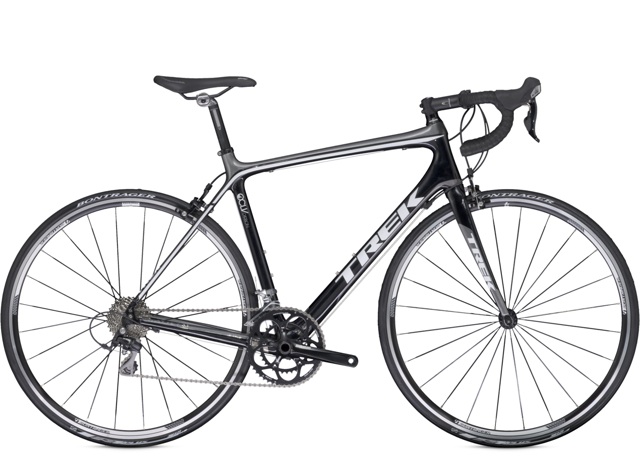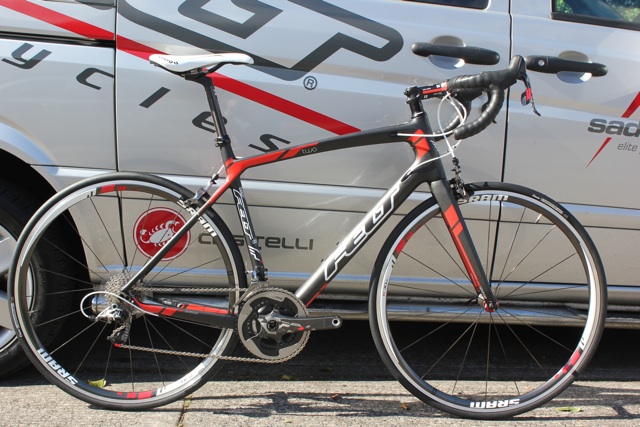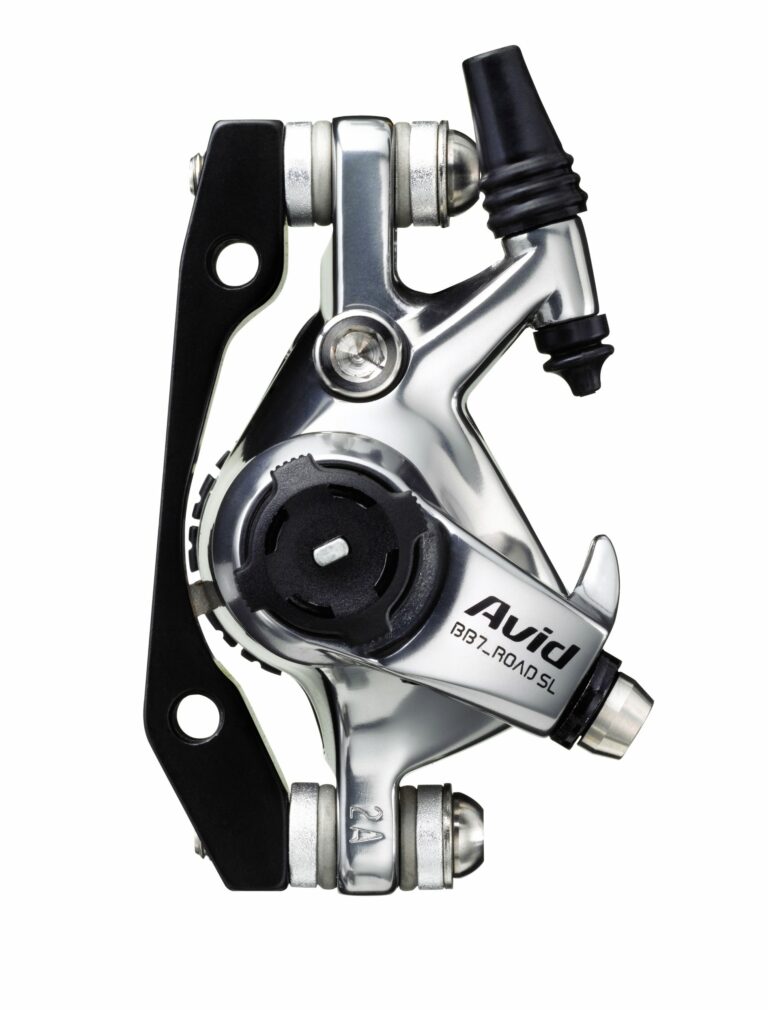We continue our bicycle buyer’s guide with a look at machines priced between £1,000 and £1,500.
This section of the market has become increasingly competitive as brands exploit the possibilities of more affordable carbon manufacture as experience with the material broadens, especially in Asia.
At the upper end of the price range, the bikes on offer should be competent, with a good quality carbon frame or high quality aluminium frame, and a groupset of matched components.

Carbon frames
At £1500, the chance of procuring a good quality carbon frame are increased over those considered in our buyer’s guide for bicycles up to £1,000. Trek, for example, use the same Optimum Compaction, Low Void (OCLV) construction on their 3.1 series Madone as the upscale models. The difference? The more affordable 300 series carbon, used on this bike, is an intermediate modulus, heavier, less compliant, and with a slightly inferior stiffness to weight ratio than the more expensive grades used further up the range.
Aluminium frames
The tubing on the aluminium frames of bicycles at this price should be butted (thicker at the tube junctions, allowing for the use of a thinner, lighter gauge elsewhere), possibly hydroformed (shaped and strengthened by powerful fluid jets) and maybe with smooth welds for aesthetics similar to a carbon frame. They also should be nicely spec-ced at this price point, owing to the diminished desirability of aluminium in the wake of carbon. Cube’s Agree SL is a case in point, a machine available for around £1500 and equipped with Shimano’s second-from-top Ultegra groupset. Bianchi’s Via Nirone 7, a bicycle in which carbon seat stays are integrated into a hydroformed aluminium frame, features Campagnolo Veloce components.
Componentry
As discussed in other guides, three big manufacturers dominate the market: Campagnolo, Shimano, and SRAM. At this price, the componentry is likely to be from the mid to upper-mid range of each, depending on your choice of carbon or aluminium frame (105 or Ultegra from Shimano, Rival of Force from SRAM, or Veloce the entry point to Campagnolo’s groupsets on the aforementioned Via Nirone). The Trek Madone 3.1 described above, for example, is supplied with a Shimano 105 rear mech, a Shimano Tiagra front mech, and a SRAM S350 chainset. The chainset, incidentally, is a ‘compact’, a unit with smaller chainrings (typically 50-34) and consequently lower (and ‘easier’) gears than a ‘standard’. Most brands will offer a choice of standard or compact.
Wheelset
Wheels at this price point should come from an established, third party wheel specialist. Specialized, for example, include wheels from the Swiss company, DT, on their £1500 Tarmac Sport; similarly Focus use DT wheels on the £1400 Cayo 3.0. Boardman’s Pro Carbon rolls on the competent Mavic Ksyrium Equipe wheelset. Tyres are unlikely to vary much from those supplied with bikes of around £1,000: the Boardman Team (£999) and Boardman Team Carbon (£1499) both come with Continental Ultra Sport tyres.
Finishing kit
A phrase used to describe the saddle, seat post, handlebar, and handlebar stem, at this price point, especially on machines with aluminium frames, you should expect branded components (the Cube Agree Pro comes with Easton’s EA30 alloy parts). Fizik are a respected brand and one of their saddles at this price is a bonus. You may get a carbon seat post. The other components will almost certainly be aluminium.
End of year bargains
The bicycle model year changes around the end of summer (late August, early September). While new models might not become widely available until November, the traditional late summer unveiling of new stock tends to trigger reductions on previous models i.e. the existing year.
Five road bikes between £1,000 and £1,500
Here are five road bikes, priced between £1,000 and £1,500. The list is by no means exhaustive, and is intended only to provide an outline of what is available. Check out the RCUK Forum for advice from a knowledgeable community of cyclists.





